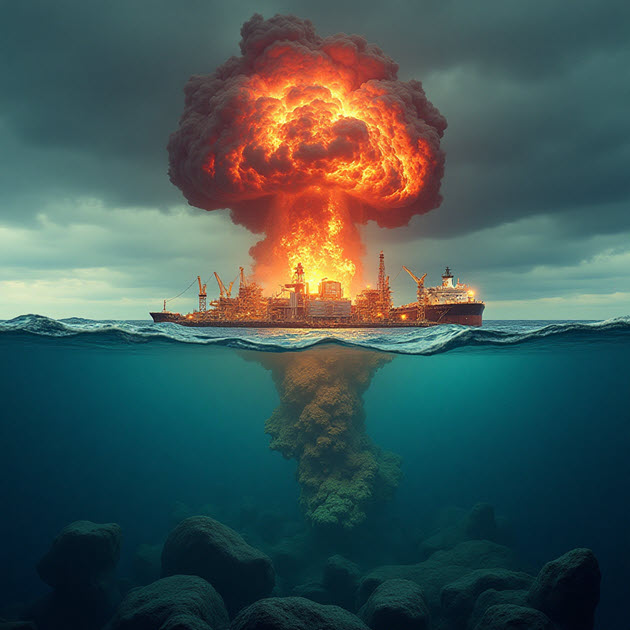In the final days before Australia's May 3 federal election, a fierce new front has opened in the country’s climate wars.
Last week, the federal government granted final approval for Santos' controversial Barossa offshore gas project—described by environmental groups as a “climate bomb” poised to seriously undermine Australia’s climate commitments.
Located in the Timor Sea, north of Darwin, the Barossa gas field is notorious for its extraordinarily high carbon dioxide content. Analysts estimate that burning the extracted gas overseas could release more than 270 million tonnes of CO₂1.
Critics argue this would erase much of the progress Australia has made under its safeguard mechanism, designed to curb industrial emissions.
The approval has sparked outrage from environmentalists, Indigenous leaders, and climate policy experts alike, highlighting the contradictions embedded in Australia's energy strategy.
As Australians prepare to vote, energy policy has become one of the defining issues of the campaign.
The ruling Labor Party boasts record investments in solar, wind, and green hydrogen projects. Yet their continued support for fossil fuel ventures like Barossa has drawn criticism from climate advocates who argue Australia must sever its reliance on high-emissions industries.
Meanwhile, the opposition Coalition, led by Peter Dutton, has proposed building seven nuclear power plants across the country if elected 2. It’s a dramatic shift that has reignited Australia's long-standing fears about nuclear energy.
Dutton’s nuclear plan has been met with swift backlash. A coalition of 41 groups—including trade unions, environmentalists, and First Nations representatives—warns that nuclear power is too expensive, too slow to deploy, and fraught with risks around safety and waste disposal2.
Their concerns appear to reflect broader public sentiment. A recent national survey found nearly 55% of Australians would be highly concerned if a nuclear power station were built near their home 3. In contrast, over 80% said they would support a local wind or solar project.
Despite the promises of clean, baseload power, experts caution that nuclear reactors could take more than 15 years to come online and cost many billions. Renewable energy, they argue, can be deployed faster, cheaper, and without the accompanying environmental risks.
While the nuclear debate rages, the approval of the Barossa project underlines another hard truth: Australia remains heavily tied to fossil fuel exports.
Environmental lawyers warn that reliance on carbon capture and storage (CCS) technologies—often cited as a solution for projects like Barossa—is unproven at commercial scale and could amount to greenwashing. As one lawyer put it, “You can’t just wish away 270 million tonnes of emissions.”
The deeper question this election season is whether Australia can truly transition away from its resource-dependent economic model toward a cleaner future.
For decades, debates over coal and gas exports have divided the nation. Now, with a legal net-zero target in place, Australia faces a critical choice: will it embrace rapid, renewable-driven transformation, or continue to be pulled backward by fossil fuel interests?
Whichever path it chooses, the consequences will resonate far beyond this election—and far beyond Australia's shores. In a land increasingly battered by drought, floods, and bushfires, the stakes could not be higher.
-
Santos wins final approval for Barossa gas project as environment advocates condemn 'climate bomb' — The Guardian, April 22, 2025 ↩
-
Trade unionists, conservationists and church groups unite against Dutton's nuclear plan — The Guardian, April 23, 2025 ↩ ↩2
-
Most Australians would be concerned about nuclear power station built nearby, survey shows — The Guardian, April 24, 2025 ↩


No comments :
Post a Comment